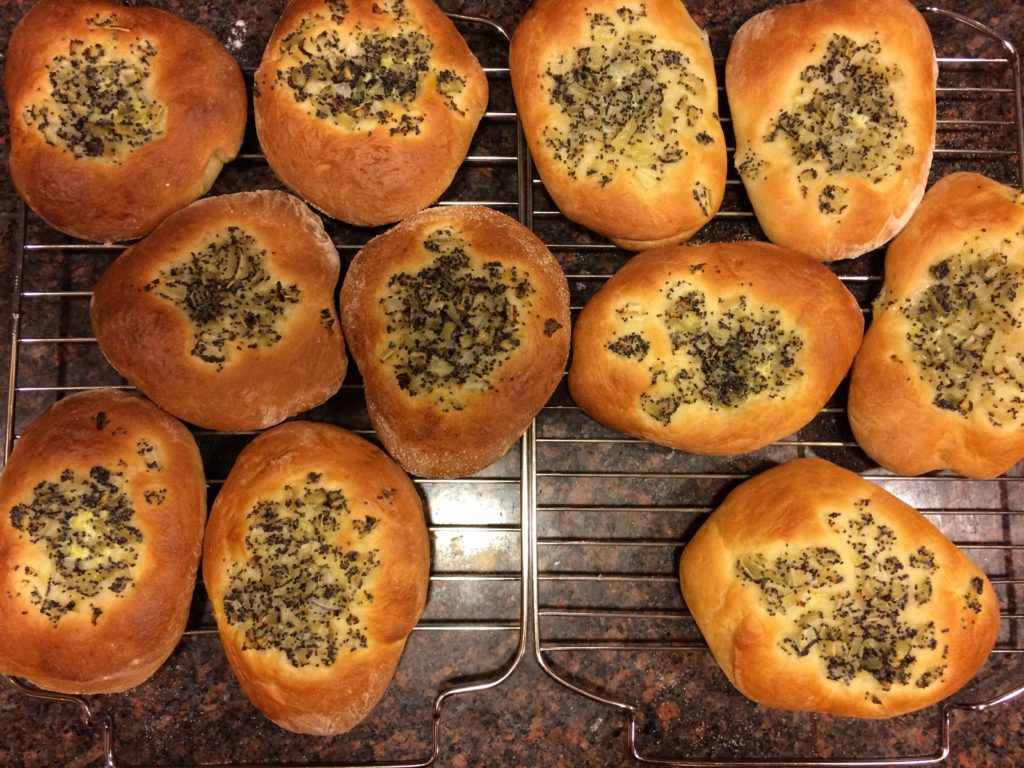As I mentioned earlier, Seattle doesn’t do snow well. The snow started falling last night near the end of the Super Bowl. My friend, the weather geek, was tracking the storm’s progress throughout the game. Fortunately, everyone got home safely. The snow was still falling when I went to bed. Julian predicted, “You may not be going to work tomorrow.” When I looked out the window after the alarm clock rang this morning, it was still snowing. I emailed my coworkers that I wasn’t coming in and went back to bed.
Other than reading emails, I don’t work from home. I deal with confidential patient information and still fill out paper data collection forms. So I had to figure out alternative activities. No problem. I had a bunch of recipe clippings to file, which took a good part of the morning. While I was filing, I found a New York Times article from October 1989 on which Julian had scrawled a phone number. I recognized the number as that of my old lab in grad school (AWW…). We met October 14, 1989.
While I was filing, I went through the bread clippings looking for something to bake. A recipe for bialys appeared. More nostalgia: When Julian and I were first going out in Ithaca, we’d often have brunch at the Collegetown Bagels restaurant near his apartment. One of my standard orders was for hummus on a bialy. For those of you not of the New York persuasion, bialys are related to bagels with two key differences:
- Bialys don’t have a hole in the center; and
- Bagels are boiled before baking, and bialys aren’t.
The bialy dough is easy to make. While it’s rising, you chop up onions and mix them with some poppy seed and a little oil. I used olive oil and added a little bit of dried rosemary. Once the dough is risen, you press balls of dough out, wash them with egg, and press some of the onion-poppy seed mixture into the middle. Another rise, then they go into a hot oven for 20-25 minutes.

The recipe did make 12 bialys – until Julian found them.
On cue, Julian came upstairs from the office shortly after the bialys came out of the oven. “Is it bialy-eating time yet?” I said they still needed to cool, but that didn’t stop him. He split one and smeared cream cheese in the middle. He took a bite, set down the bialy, and gave me a thumbs up. Not bad for a snow day.


Recent Comments